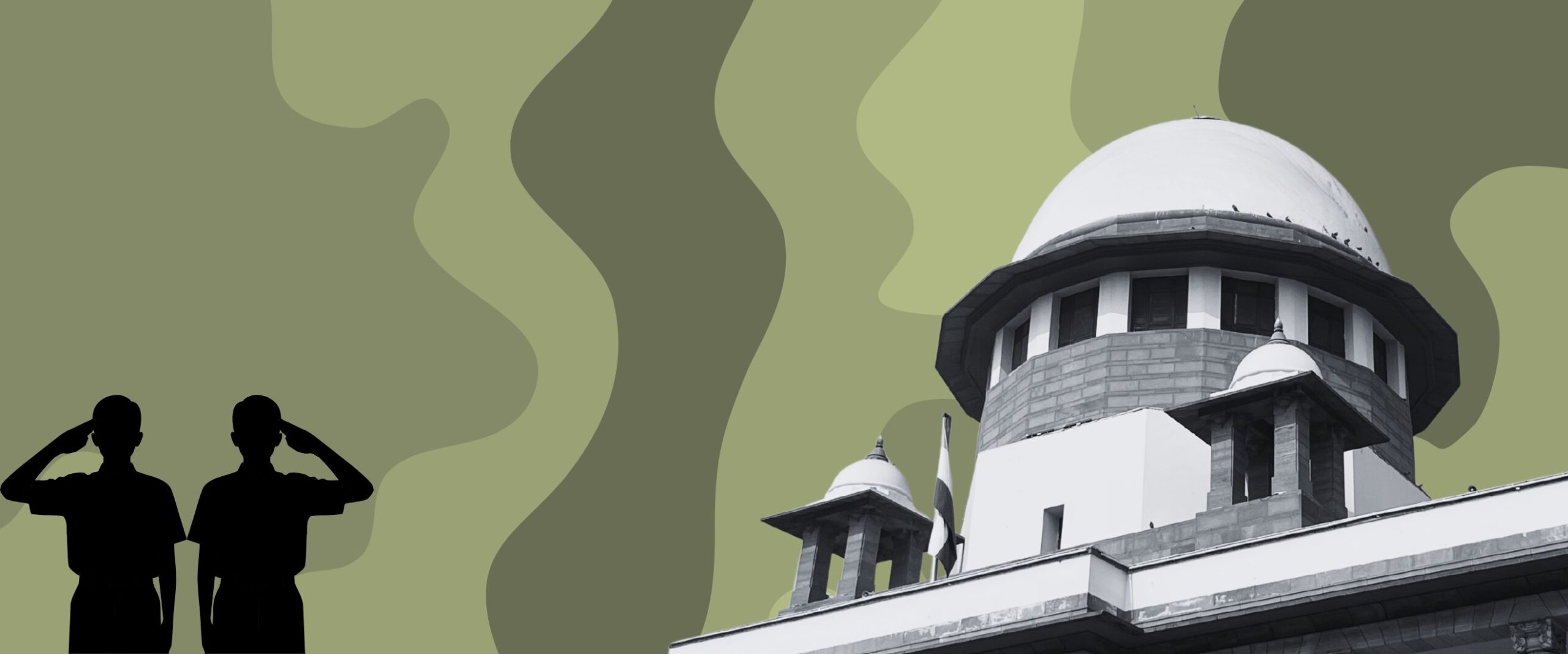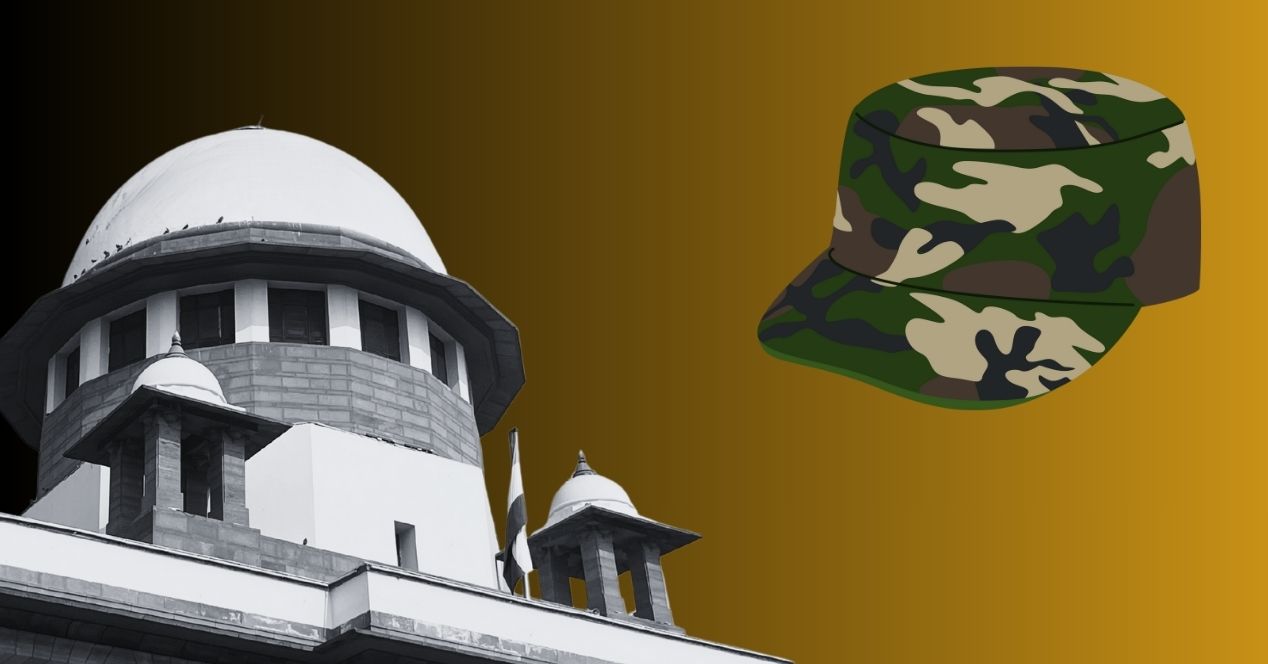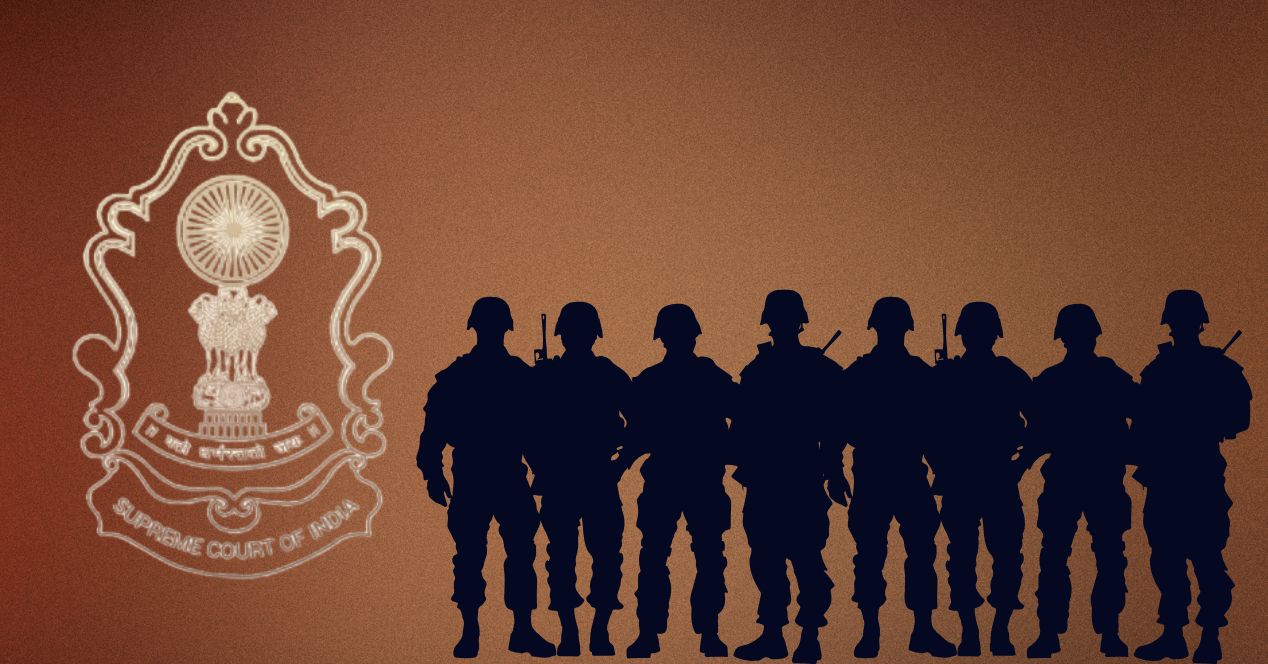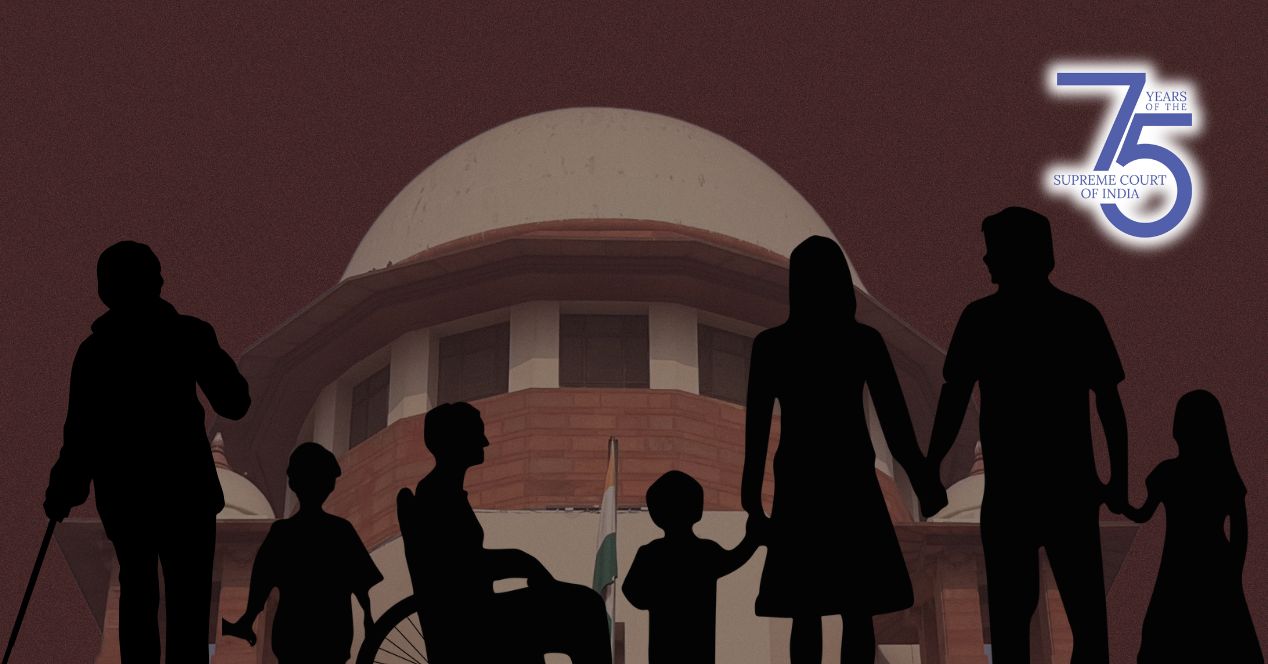Analysis
In defence of a minuscule minority: Supreme Court on disabled cadets
While the Court has chosen patience over pressure for now, it has nudged the Union Government to accept the amicus’s comprehensive proposals

On 7 October, a Bench of Justices B.V. Nagarathna and R. Mahadevan observed that since the number of cadets injured during training is “absolutely minuscule”, it was “expected that a scheme of facilities and amenities would be provided” to them. The Supreme Court had earlier recognised their cause as requiring judicial oversight and had taken up the matter suo moto.
This disabled cadet case indicates how far the Court has come in its view of the rights of a “miniscule minority”, a term that was used by it in Suresh Kumar Kaushal v Naz Foundation (2013) to describe the LGBTQ+ community. There, the Court refused to read down Section 377 of the Indian Penal Code—which criminalised same-sex relationships—on the ground that the group affected by the law was so small that its rights didn’t require special protection. The ruling was criticised for being discriminatory and for dismissing the community’s rights based on its size.
A kind of redressal arrived in 2017, in Puttuswamy v Union of India, where the Court didn’t accept the “miniscule minority” argument of the State and upheld a citizen’s right to privacy. This laid the ground for the Court’s definitive overruling of Suresh Kumar Kaushal in Navtej Johar in 2018.
The Bench had previously heard the case of the disabled cadets in August and September. On both occasions, it had nudged the Union to consider the case for their free treatment, insurance and rehabilitation. The case, which the Court has kept alive through a continuing mandamus, seeks to ensure that young cadets injured in the line of duty are not left destitute merely because they were hurt before they were commissioned.
An abrupt end to a dream
These cadets, usually between 18 and 24 years old, join elite academies such as the National Defence Academy (NDA) Pune; the Indian Military Academy (IMA), Dehradun; the Officers Training Academy (OTA) in Chennai and in Gaya; the Air Force Academy (AFA), Hyderabad; and the Indian Naval Academy (INA), Ezhimala, after clearing competitive national examinations. They enter with the dream of serving in the troops. However, that dream ends abruptly for some. When injuries sustained during the rigorous training render them unfit, they are medically boarded out—neither commissioned as officers nor permitted to complete equivalent educational qualifications. The result is a devastating loss of identity, status and livelihood.
Denied Ex-Serviceman (ESM) status and a disability pension, these cadets receive only a token ex gratia payment. In contrast, trainee recruits and Junior Commissioned Officers injured during training are entitled to full disability pension.
Amicus: ‘40 to 50 cadets are boarded out annually’
The Bench appointed Rekha Palli, retired Delhi High Court judge and now Senior Advocate, as an amicus in the matter. In her written submissions, Palli pointed out this differential treatment rests on a flawed interpretation of service status. Cadets, she pointed out, are formally enrolled under the Army Act, 1950 and the stipend they receive is treated as ‘pay’ for income tax and other purposes. Therefore, the contention that they are ‘not in service’ when injured is untenable.
According to data cited by Palli, about 400 cadets have been boarded out across the six academies since inception. Roughly 40 to 50 cadets face this fate each year, with nearly 10 percent sustaining injuries so severe that they become unfit for any employment. Given these numbers, she argued, the total financial implication of granting full benefits to this group would be “negligible” in the context of the defence budget. Yet for the individuals concerned, it could mean a lifetime of dignity and stability.
Palli also urged for the framing of a comprehensive national policy guaranteeing Ex-Servicemen Contributory Health Scheme (ECHS) coverage for invalidated cadets and their dependents. Given that some cadets lose limbs or suffer permanent disabilities, she proposed that Armed Forces hospitals establish rehabilitative pathways offering prosthetics, orthotics, physiotherapy, and occupational and mental health therapy.
Report, resettlement, re-employment
Palli drew the Court’s attention to a 2015 report filed by an expert committee led by Lt Gen (Retd) Mukesh Sabharwal. The report had recommended that cadets be granted disability pension at officer rates and that the monthly ex-gratia paid to them be redesignated as disability pension. The report had also emphasised the need to treat them as ex-servicemen, bringing parity with recruits, civilian trainees, and paramilitary trainees who already enjoy such protection.
Palli suggested that implementing this report’s recommendations would resolve the anomaly without creating a new financial burden. She also recommended a one-time lump-sum payment for cadets who were previously discharged, to acknowledge the irreversible setback they have suffered.
Her submission noted that the boarding-out process often coincides with the cadets’ formative years, interrupting their education and leaving them without any fallback qualification. To address this, Palli proposed setting up a dedicated resettlement cell in each academy.
Given that a majority of the cadets fall within the 20 to 30 percent disability range (according to the Defence Ministry’s replies in the Lok Sabha), she argued that many could be re-employed in alternative capacities based on periodic medical re-evaluation. She further urged the extension of reservation in higher education, including preferential admission policies, targeted scholarships, and continuing education programmes, to help these individuals rebuild professional identities outside the Armed Forces.
Palli found that the existing insurance coverage for cadets across academies was inadequate and inconsistent. She requested the Court to direct the Union to formulate a uniform and equitable insurance policy for all pre-commission cadets, ensuring comprehensive coverage in the event of death or disability during training.
Her plan also called for structured psychological and educational counselling by trained professionals to help the young men and women transition to civilian life with dignity.
Court chooses patience over pressure
While the Bench has so far refrained from issuing binding directions, its approach reflects a conscious choice to balance judicial restraint with moral responsibility. By repeatedly extending time for the government to respond while keeping the matter under watch, the Court is signalling that the issue must not stagnate in bureaucratic limbo.
The case represents a broader principle: that even the smallest and most voiceless minority deserves the State’s protection, especially when their suffering stems from service to national institutions. If the Union adopts the amicus’s recommendations—implementing the Sabharwal Committee report, aligning pension and ECHS benefits, reforming insurance policies, and institutionalising rehabilitation and education pathways—the Court’s continuing mandamus would serve its purpose without the need for coercive orders.
For now, the Bench has chosen patience over pressure. The case will be taken up again on 18 November 2025. In this hearing, the Union is expected to report on its consideration of the amicus’s proposals.




